Human Trafficking
The Universal Declaration of Human Rights, enacted by the United Nations in 1948, proclaims in Article 1 that “All human beings are born free and equal in dignity and rights,” and, in Article 3, that “Everyone has the right to life, liberty and security of person.”
Continuing, Article 4 of the human rights declaration states that “No one shall be held in slavery or servitude; slavery and the slave trade shall be prohibited in all their forms,” and, Article 5 says that “No one shall be subjected to torture or to cruel, inhuman or degrading treatment or punishment.”
And yet, sadly, and there are some 27 million slaves in our modern world, more than at any time in history, according to several websites.
The atrocity of modern slavery often is referred to as “human trafficking” – and that was the topic of the Sunday, Jan. 22, session of the library's Talk Lab English Club. Despite the snow and freezing temperatures, the meeting drew 20 people, including five American Peace Corps volunteers, who presented the information about modern slavery and why it is so relevant to Ukraine.
Many people associate slavery with America's treatment of black people before the U.S. Civil War of 1861 to 1865, or ancient Rome or other places far away in time or location. So, people who live in 21st century democracies are shocked to learn that the evil institution of slavery still exists and that there are 27 million victims of human trafficking all around the world – even in democracies, such as the United Kingdom, Germany, the United States and Ukraine.
Ukraine? Some 117,000 Ukraine citizens have become human trafficking victims since 1991, the year that this former Soviet republic gained its own independence as a nation, according to a 2006 survey by the United Nations’ International Organization of Migration, or IOM.
As it turns out, Ukraine is a source for women, girls and children trafficked to other European countries, Russia and the Middle East for sexual exploitation and for men primarily forced to toil as construction laborers, sailors, and factory and agriculture workers mostly in Russia, the Czech Republic and Poland.
Trafficking also occurs within Ukraine; men and women are trafficked within the country for labor exploitation in the agriculture and service sectors, commercial sexual exploitation and forced begging. Ukrainian children are trafficked both internally and transnationally for commercial sexual exploitation, forced begging and involuntary servitude in the agriculture industry.
Ukraine is also a transit country for Asian and Moldovan victims trafficked to Western countries.
Modern slavery, including the fate of 117,000 Ukrainians, might best be described by some of the English vocabulary words introduced at the Jan. 22 Talk Lab session. The words include:
~ Atrocity: behavior or an action that is wicked or ruthless
~ Outrageous: grossly offensive to the sense of right or decency
~ Barbaric: without civilizing influences; uncivilized; primitive
~ Inhuman: lacking qualities of sympathy, pity, warmth, compassion; cruel; brutal
At the same time, human trafficking has become a lucrative global business that makes huge profits for traffickers and organized criminal groups.
Such modern slavery has been identified as the fastest growing criminal industry in the world, second only to narcotics trafficking as the most profitable illegal industry in the world. In 2004, the total annual revenue for trafficking in persons was estimated to be between $5 billion and $9 billion in U.S. dollars.
In 2005, Patrick Belser of the United Nations’ International Labor Organization, estimated a global annual profit of $31.6 billion.
Talk Lab participants also learned about human trafficking via a quiz and follow-up discussion. Questions and the correct answers included:
True or False?
Q. Most human traffickers (recruiters) in Ukraine are men. Only 10 percent are women.
A. False. 57 percent of traffickers in Ukraine are women, because unsuspecting young women and girls are more likely to trust other females. In Ukraine, 65 percent of traffickers are strangers, 12 percent friends, 2 percent business contacts, 2 percent partners, 1 percent relatives, and 20 percent other; 60 percent are Ukrainian, 10 percent Russian, 5 percent Polish, 2 percent Turkish, 2 percent Lithuanians, and 21 percent other.
Q. The average age of victims of trafficking is 26.4, with the youngest age 3 and the oldest 73.
A. True.
Q. You can safely go to a marriage agency.
A. False. All marriage agencies in Ukraine have connections with criminal organizations.
Q. Parents should not worry if their daughter or son has finished 11th form in school, because this boy or girl is smart enough not to become a victim of human trafficking.
A. False. In Ukraine, 20 percent of victims have university degrees, 30 percent have graduated from school and 50 percent have finished 11th form.
Q. Poverty and lack of opportunity make people potential victims of trafficking.
A. True. Many people want to believe the false promises of job opportunities in other countries. However, many who accept job offers from what appear to be good, legal sources find themselves in situations where their documents are destroyed, their selves or their families threatened, or they are held by debt that they have no chance of repaying.
Women in Ukraine are particularly at risk because they do not have equal opportunities at work or in the family. Women are discriminated against in the job market. They lack access to jobs that are highly paid. Women are often the first to be fired and the last to be hired. The feminization of poverty in Ukraine reinforces women’s desire to look for a job abroad without thinking about the possible risks.
Trafficking in children often involves exploitation of the parents' extreme poverty. Parents may sell children to traffickers in order to pay off debts or gain income, or they may be deceived concerning the prospects of training and a better life for their children. They may sell their children for labor, sex trafficking, or illegal adoptions.
Q. Even if you become a victim, chances are very good that the police will quickly rescue you.
A. False. Thirty percent of victims run away by themselves, 26 percent are rescued by police during raids, 20 percent are allowed to go home (if injured or ill), 8 percent are rescued by their clients, and 3 percent by friends or family.
That means 14 percent never come home.
But there is help in Ukraine to prevent trafficking and to counsel victims. Here are some important organizations, including some in Kherson:
~ IOM, or International Organization for Migration (part of the United Nations), http://www.iom.org.ua/en /
~ La Strada, http://www.brama.com/lastrada/
~ Centres for Migrant Advice, http://migrantinfo.org.ua/?lng=eng&menu=home
In Kherson:
~ Mangust, e-mail ngo_mangust@ukr.net
~ Men Against Violence, e-mail magainstviolence@mail.ru
~ Successful Women, e-mail admin@business.kherson.ua
In addition, Ukrainian singer and entertainer Ruslana has devoted part of her website http://ruslana.ua/n_f_s/nfs_eng.html to fighting against human trafficking. The site can be read in English, Russian or Ukrainian, and it includes her music video, “Not for Sale,” which has become the anthem of the anti-trafficking movement. Also, there are links to organizations that have more information.
And, very importantly, people can learn how to protect themselves and loved ones, by simply calling the special “527” hot line from any cell phone or the toll-free 0-800-505-501 from any landline in Ukraine.
By telephoning 527 an individual can determine if their potential employer is blacklisted as a trafficker or if the company hiring them has the right to offer them employment. The 527 hot line can be dialed from any country and can assist those who have been violated.
For more information about 527, please visit www.stoptrafficking.org.ua.
Several Talk Lab participants said they want to get involved in helping to solve the human trafficking issue. Here are just a few ways that average citizens can help:
~ Take the problem very seriously
~ Collaborate with schools, mayor’s offices, international NGOs and NGOs in your community
~ Organize workshops for students, parents, teachers and medical professionals on how to prevent trafficking in women
~ Contribute to the distribution of fliers, posters and brochures on the problems of trafficking in women to NGOs, schools, preventative medicine centers and mayor’s offices
~ Organize training of trainer seminars for youth and community members on prevention of human trafficking prevention so that they can train others
-Facilitate training with communities on the issue of human trafficking using training materials developed by other organizations
-Serve as liaisons between schools and local or international organizations to teach lessons or present seminars on trafficking
~ Show videos to students in class and discuss the causes, effects and possible solutions to the problem of trafficking
-Build capacity of organizations working in anti-trafficking such as strategic planning, materials development and fundraising
-Provide training in job skills, life skills, and information and communication technologies to populations at risk to trafficking (i.e. women, girls, orphans)
-Organize essay or poster contests for children and teens
-Distribute information and resources to family, friends, coworkers and other acquaintances. More photos.
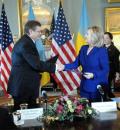





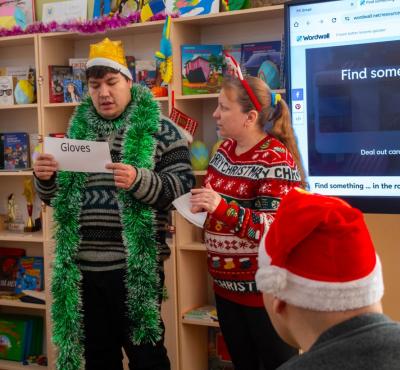
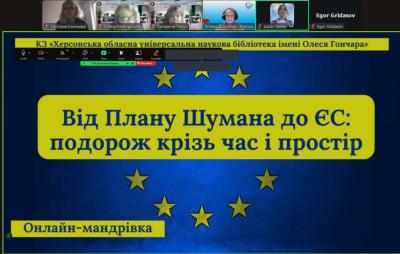
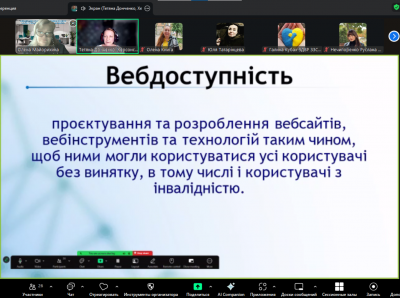
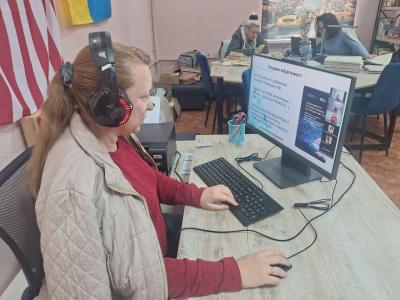
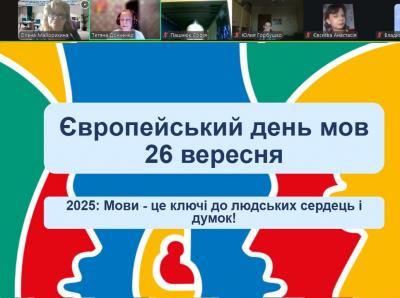
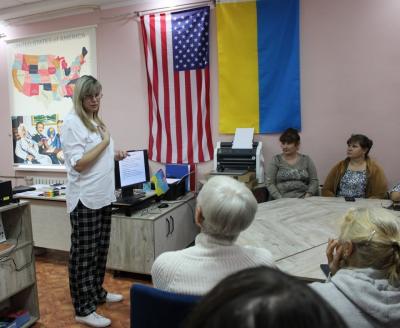
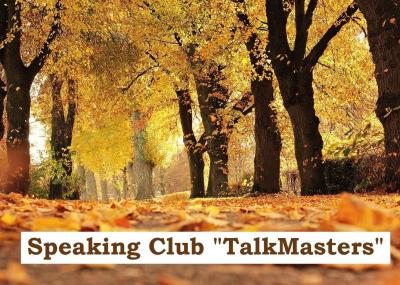
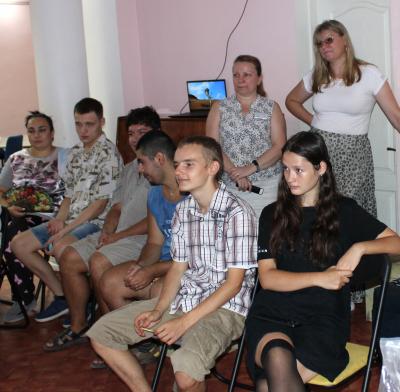
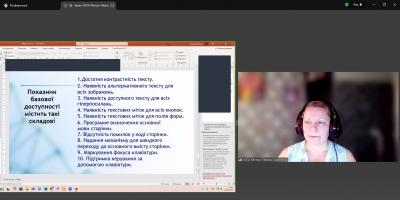

Comments